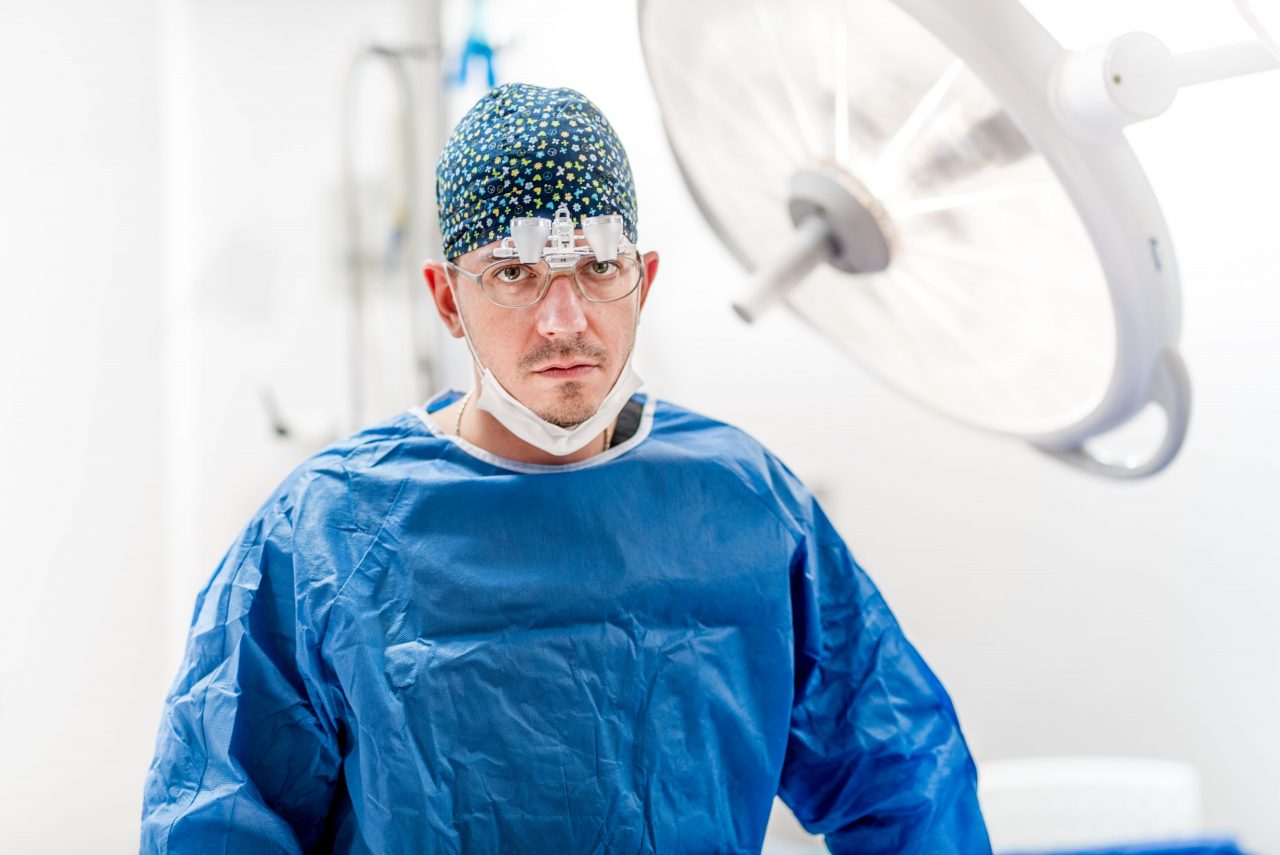Surgical lights are lighting devices used primarily in surgery. These lamps provide a homogeneous light, without shadows, on the area to be operated on.
An operating light is distinctly composed of one or more sets of light heads attached to a suspension arm that allows vertical and circular movement. The suspension arm is mostly connected to a fixed adapter, on which the arm can rotate. They have dimming controls, and some offer adjustable field size to reduce illumination at the periphery of the surgical site.
Parts of an operating light
- Ampule.
- Thermal kata filter.
- Condenser.
- Several mirrors.
- Control Panel.
- Mounting system.
- Transformer.
What criteria should be taken into account when choosing an operating light?
It is recommended to take into account several criteria when purchasing surgical light, such as uniformity of illumination, diameter of illuminated field or type of bulbs. Other characteristics, such as the available accessories, the weight and the mobility of the equipment can also be taken into account.
- Illumination uniformity: This criterion is essential because human vision only works well in a uniformly illuminated field. If the light from the lamp is not homogeneous, it may be a technical deficiency in the equipment itself which will create shadows, forcing the professional to frequently adjust the lighting. Typically, surgical lights have thick lenses that provide even light distribution, allowing correct focus on the surface and depth of the surgical field.
- Diameter of the illuminated field: this is the surface illuminated by the operating light. Make sure that the diameter of the illuminated field is suitable for the intended uses.
- Light intensity: must be between 8,000 and 36,000 Lux. In general, the intensity of the light can be adjusted to suit different surgical uses.
- Bulb type: you can choose halogen surgical lights or LED surgical lights. Neutral white LEDs provide excellent identification of red and yellow tones and allow easy distinction between tissues and organs. In addition, most do not emit significant amounts of blue light, which is harmful to the retina with prolonged exposure. Yellow light, used in some halogen lamps, tends to distort color perception and can be misleading in diagnostics, for example.
- Color temperature: should be around 4,500 Kelvin.
At Kalstein, we are MANUFACTURERS of the highest quality medical equipment and offer you innovative operating lamps at the best PRICES on the market. We invite you to take a look at the Products menu. HERE


